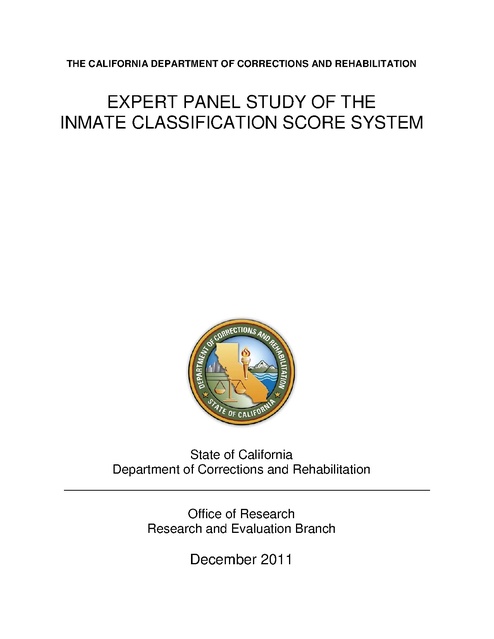Welcome to a unique insight into life within the walls of a minimum-security federal prison. As we explore the different security levels in the prison system, it becomes evident that the classification of inmates plays a crucial role in the daily operations. Understanding the various custody levels assigned to individuals helps maintain order and safety within the facility. Each prisoner's classification level impacts their living conditions, privileges, and responsibilities, offering a glimpse into the intricate system that governs life behind bars.
Security Levels
In federal prisons, security levels are determined based on the level of risk posed by the inmates. Minimum-security federal prisons are known for having the lowest security level. Inmates in these facilities are considered to be of low risk and typically have more freedom and privileges compared to those in higher-security institutions.
Inmate classification levels play a crucial role in determining the security level of a federal prison. Law Offices of Brandon Sample are classified based on factors such as their criminal history, behavior in prison, and potential risk to the community. Those classified as minimum-security typically have committed non-violent crimes and have demonstrated good behavior while incarcerated.

Prisons with lower security levels often have fewer physical barriers and fewer restrictions on inmate movement. In a minimum-security federal prison, inmates may have more opportunities for work release programs, educational classes, and recreational activities. These facilities focus on rehabilitation and reintegration into society, making them essential for inmates nearing the end of their sentences.
Inmate Classification Levels
Inmate classification levels in minimum-security federal prisons are determined based on various factors such as the severity of the offense committed, behavior while incarcerated, and the risk of escape. These classification levels help authorities to effectively manage the prison population and ensure the safety and security of both inmates and staff.
Generally, inmates in minimum-security federal prisons are classified as low-risk individuals who have shown good behavior and are deemed unlikely to pose a threat to society. They may have committed non-violent crimes and are often nearing the end of their sentences. Inmates classified at this level usually have more freedom within the facility and may be eligible for certain privileges based on their behavior.
However, it is important to note that even in minimum-security federal prisons, there are still different levels of inmate classification based on individual circumstances. Inmates may be reclassified if there are changes in their behavior or if they violate prison rules. This system of classification ensures that inmates are housed in facilities that are appropriate for their level of risk and helps to maintain order within the prison environment.
Prison Levels
In the context of federal prisons, there are different security levels that determine the environment in which inmates are housed. Minimum-security federal prisons are known for their more relaxed atmosphere compared to higher security levels. Inmates in minimum-security facilities typically have more freedom of movement and are often housed in dormitory-style settings.
The next level up from minimum-security federal prisons is low-security facilities. Inmates in these prisons have slightly stricter rules and regulations to follow compared to those in minimum-security prisons. Low-security facilities often have more secure perimeters and may have double-fencing around the premises to prevent unauthorized access.
Moving up the security level ladder, the next tier is medium-security federal prisons. Inmates in these facilities have even more restrictions and typically live in cells rather than dormitories. Medium-security prisons have more surveillance measures in place and may provide fewer privileges to inmates compared to those in lower security levels.
